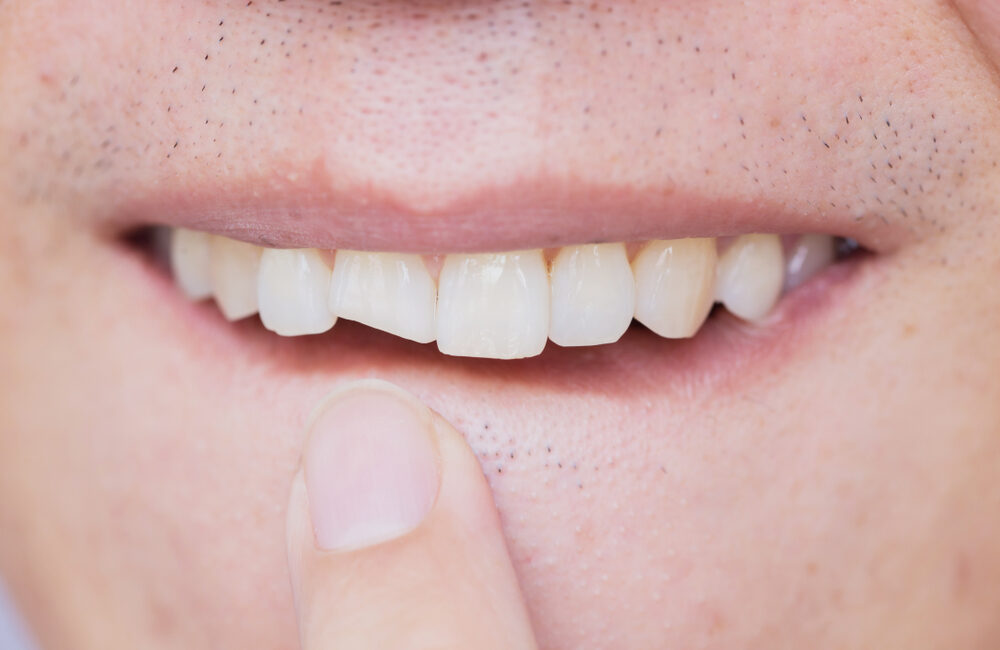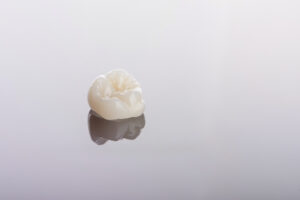Chipped, Broken, or Cracked Teeth: What Are Your Options?

Teeth are frequently in harm’s way. A quarter of all 12-year-olds have injured their permanent teeth by one estimate. The fact that dental injuries are common is no comfort when they happen to you—or your child. Fortunately, modern dental treatment can make your smile look great again, especially if you get prompt and appropriate care. That’s why it is important to know what to do when you have chipped, broken, or cracked teeth.
Some Common Types of Tooth Injuries and Methods for Repairing Them
Fixing a Chipped or Broken Tooth
The appropriate treatment for a chipped tooth depends on how much of the tooth has broken off. A small chip isn’t generally an emergency; it can often be repaired through various procedures that your dentist will walk you through.
Dental Filling or Bonding
Dental bonding involves layering on a durable, tooth-colored material to restore the tooth’s shape. This relatively simple procedure can be completed in one dental appointment. Because the bonding material has the same shade and transparency as natural teeth, it creates a seamless repair. However, it’s possible the bonding material may wear away over time and eventually be replaced.
Dental Veneers
Minor chips can also be repaired with porcelain veneers, which cover the entire front surface of the tooth instead of just the chipped area. Veneers are customized to fit your specific needs and consist of a thin shell of tooth-colored composite material.
Cap or Crown

The repair of larger chips is more involved. A large chip that has not exposed or damaged the tooth’s pulp (nerve tissue) may need a crown (cap). This process usually involves two visits. During the first visit, your dentist will shape the remaining tooth structure to receive a crown. Then, the permanent restoration will be fabricated in a dental laboratory. After that, you will be sent home with a temporary restoration. On your second visit, the dentist will call you back once the permanent restoration is ready to be placed.
Root Canal
A large chip that has exposed or damaged the tooth pulp will probably be painful and may require immediate care. It will almost certainly need a crown, along with root canal treatment. This procedure involves removing exposed or infected pulp tissue from within the tooth and then sealing its central inner space (pulp chamber) and the narrow “canals” that branch from it down through the roots. Although it sounds complicated, root canal treatment is a routine dental procedure typically carried out under local anesthesia; it doesn’t feel much different than having a cavity filled, though it may take longer. Root canals can be performed by a general dentist, or a specialist called an endodontist.
Caring for Severely Cracked Teeth
If a tooth is damaged by a traumatic blow to the head, weakened as a result of unchecked tooth decay, or failing dental work, it’s a good idea to go to an emergency room or urgent care center. Particularly if there’s any dizziness, disorientation, or loss of consciousness. In the event of a more traumatic dental situation where there are fragments lost, it’s important to collect and handle those pieces of your teeth with care in anticipation of your dental visit.
If the crack in your teeth is entirely above the gum line and does not expose the tooth’s pulp, it will be easier for a dentist to identify and treat. Depending on the size of the crack, the tooth may be restored with tooth-colored filling material, a veneer, or a crown. If the crack exposes the pulp, a root canal treatment and a crown may be able to save it.
A tooth with a crack that extends beneath the gum line and into the roots cannot always be saved. A tooth fractured in two will have to be extracted and replaced. Sometimes you can receive a dental implant on the same day the broken tooth is removed—sparing you the need to schedule a second surgical appointment.
Being Proactive About Your Dental Health
Cracks and chips in teeth are unique cases where the course of action may not be apparent at first. Visit your dentist and receive a proper exam and discuss the best options for you before making any decisions. Preventative care can go a long way toward keeping your teeth healthy and in one piece, but we understand that emergencies arise.














Leave a Reply